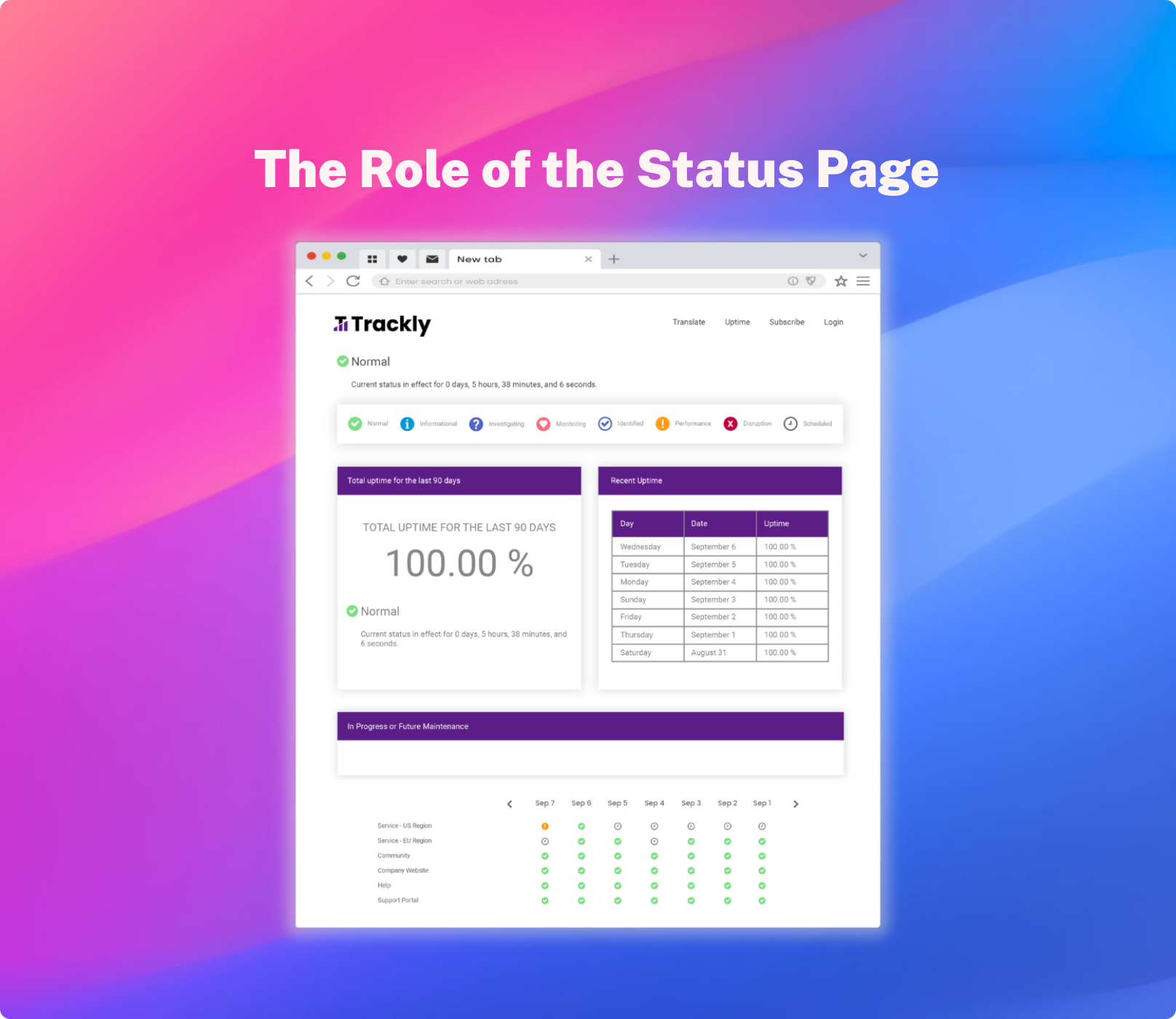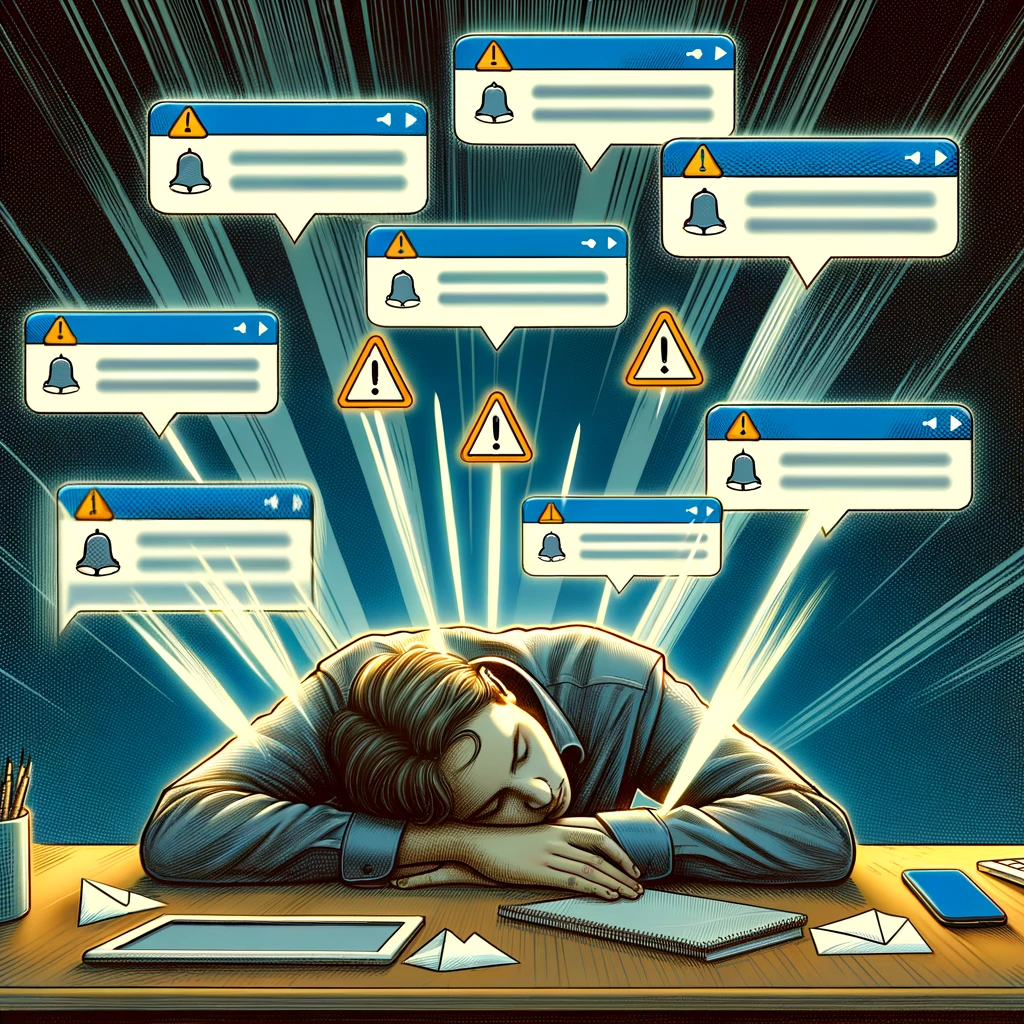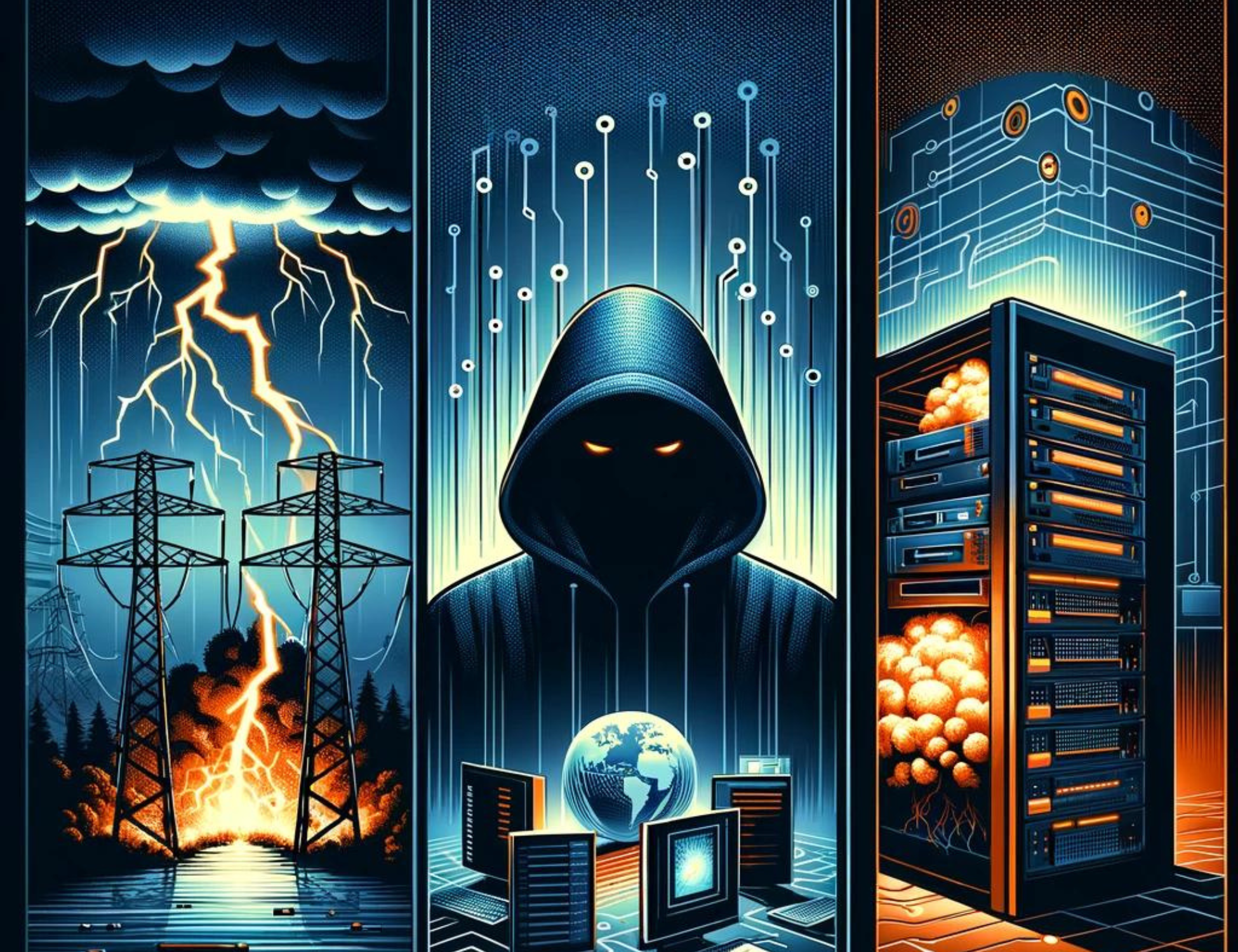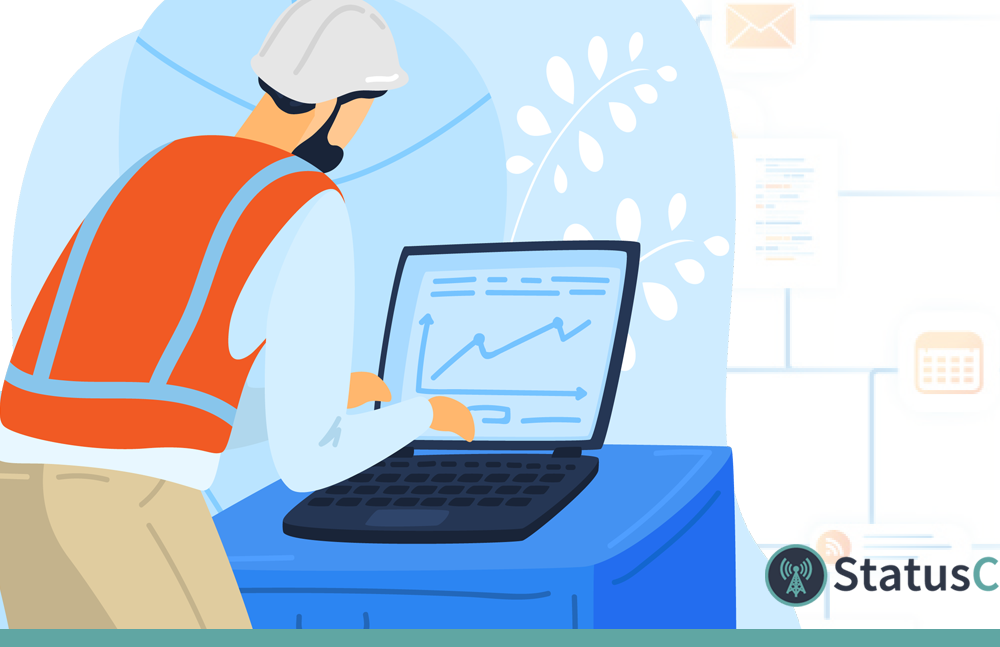Often, outages are planned. In fact, in most organizations, outages are typically not caused by something going wrong, but because some kind of IT operation requires your team to take a system temporarily offline.
Communicating scheduled maintenance is just as important, if not more important than alerting users to unplanned outages.
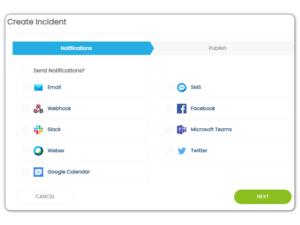
If the chance of downtime exceeds your organization’s comfort threshold, consider notifying your end-users (using the portal above) of the “planned system maintenance, with no expected downtime”. However, warn them that unforeseen events may cause something unexpected to happen.
Case in Point
A few years back, Yahoo was on the hunt to be the comeback king, but in December 2013 they had an epic fail with communication to their users.
A Twitter user tweeted, “Very frustrated!!! My account has been down since Monday. Apparently due to “maintenance”, with no heads up. Terrible!”. Herein lays the problem with companies that have only implemented application monitoring tools– there is no end user communication or no “heads up”, as Wendy put it – at all.
Communicating Scheduled Maintenance with End-Users
With scheduled maintenance, there are some additional factors that you need to consider when communicating with end-users:
- How much advance notice is required? Many times, SLA agreements have this metric in place so make sure that your process takes in to account all of your active contractual requirements.
- How many times between the first notice and the actual maintenance event should you remind the end user?
- Is any downtime actually expected? Many of today’s environments allow for the deployment and upgrading of system components without effecting your end users. Before performing scheduled maintenance where no downtime is expected, but could occur; a risk assessment needs to be done.
Establish Multiple Lines of Communication for Scheduled Maintenance
Make sure you are heard. People expect to learn about important news through multiple channels. Push out the message on as many mediums as possible including private and, if appropriate public, feeds: Twitter, Facebook, e-mail, SMS. Give your users the choice to be informed on their terms.
Using a Status Page to Communicate Scheduled Maintenance
Most importantly, every application should have a status page made available to your end users. Many large SaaS vendors already provide such a page, your applications should have one as well.
Implementing a self-service status page provides team members and/or clients with current and historical application uptime information as well as scheduled maintenance updates. Providing transparency on scheduled maintenance causes your support requests to go down.
A little planning goes a long way when dealing with scheduled maintenance. Get the word out to your team and end users when you have scheduled maintenance with the chance of downtime. It matters to your brand, your client relationships and to your bank account.
Founded in 2013, StatusCast is a unified communications cloud-based platform that allows IT to easily communicate status and scheduled maintenance messages to its end-users with a powerful application status page. Want to see how a status page can benefit your business? Start your 14-day free trial or schedule a demo today!

